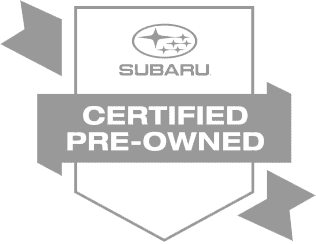

Engines consist of myriad pieces, all of which
must function precisely.
Some Subaru engines use chain drive to tie together a number of those pieces.
During a Subaru engine's four-stroke cycle, intake and exhaust valves have to open and close at exactly the right times to let an air-fuel mixture into the combustion chambers, hold it in through compression and ignition, open to expel the resulting gases, then start over again. Subaru engines have overhead camshafts that actuate the valves, and those camshafts are driven by chains in most of the company's new engines.
One Good Turn
On any of the strokes of a four-stroke cycle, all the engine's mechanical, hydraulic, and electronic components - crankshaft, connecting rods, pistons, variably timed valves, spark plugs, and more - have to be in the right place at the right time, or the engine won't run. For the cam lobes to push valves at the correct times, the camshafts (the C in SOHC or DOHC in the engines' specifications) are turned by heavy-duty bicycle-like chains via geared pulleys.
A larger geared pulley on the crankshaft operates those chains so that the valvetrain and intake system will turn, pull, push, and flow with exact timing.
Efficiencies in Chain Metal
The gravitation to chain from belt drive allows a number of efficiencies. Chains are narrower than belts, so the engine takes up less space in the engine compartment longitudinally. In addition, the sprockets can be designed to have smaller diameters than those required by belts, which cannot be bent at too sharp of an angle without compromising their strength. So engines with chain-driven camshafts can be narrower than those with belts.
Efficiencies are achieved in part by increasing the strength of the chain's plates and joints, which in turn allows a still narrower profile. That reduces friction on the chain guides, which also helps to improve engine performance. The guides help to keep tension on the chains automatically, contributing to lower maintenance costs.

Benefits of Chain Drive
Chain drive for camshafts is durable and requires less maintenance than belt drive. It also allows engineers to design a smaller engine package, which frees space under the hood for improved safety and service convenience.
Chain Versus Belt
| BELT | CHAIN | |
| Noise | Quieter than chain | Louder than belt, quieter than gear |
| Durability | Requires replacement at approximately 100,000 miles | More durable - relatively maintenance-free1 |
| Engine size | Requires sprockets with larger diameters, so engines need to be wider; requires wider sprockets, so engines need to be longer | Sprockets have smaller diameters, so engines are reduced in width; sprockets have smaller widths, so engines are reduced in length |
1 While it's possible to stretch a chain and wear the sprocket gears, that usually occurs from punishing an engine under severe operating conditions. In general, engines of properly driven vehicles with chain drive can travel hundreds of thousands of miles before replacement is necessary.






